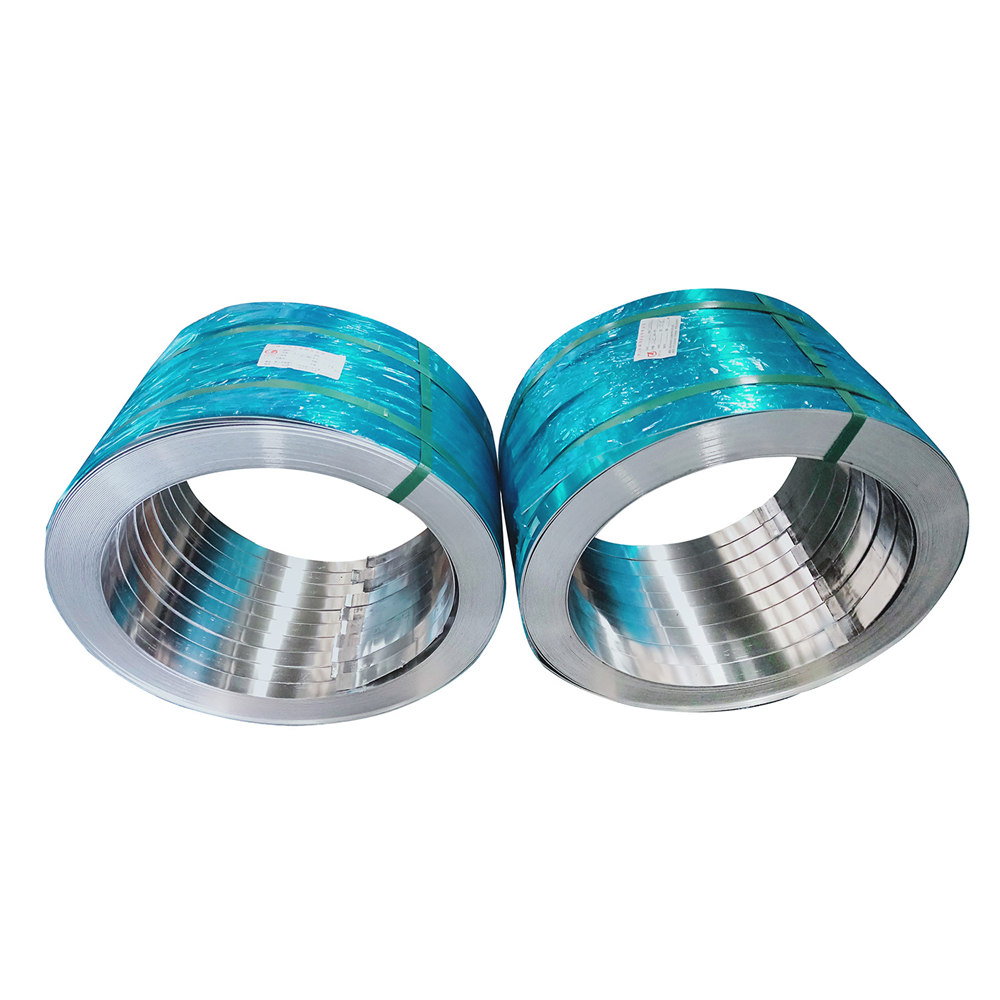
The Benefits of Aluminum Extrusion in Renewable Energy
The globe is facing the problems of climate change and the need to move to more sustainable sources of energy, making renewable energy a topic of rising importance. The raw materials needed to create renewable energy are a crucial part of the equation. Specifically, extruded aluminum has become an important material in renewable energy applications. In this piece, we'll give a high-level review of aluminum extrusion's uses in renewable energy and talk about the advantages it offers. The central argument of this piece is that aluminum extrusion is a sustainable resource that can play a crucial role in the development of renewable energy in the future.
Aluminum Extrusion in Renewable Energy
Aluminum extrusion is a process where aluminum is shaped into a specific cross-sectional profile. It has become a popular manufacturing technique in the renewable energy industry due to its versatility, strength, and durability. In this section, we will explore how aluminum is useful in renewable energy, the different uses of aluminum extrusion in renewable energy, and the advantages and disadvantages of this manufacturing process.
How is aluminum useful in renewable energy?
Aluminum is a lightweight material that doesn't rust and can be used in many ways to make renewable energy work better. It is also very good at conducting electricity, which makes it a great choice for electrical parts like wiring and busbars. Additionally, aluminum is a highly recyclable material, which makes it an environmentally friendly choice.
What are the uses of aluminum extrusion in renewable energy?
Aluminum extrusion is used in a wide range of renewable energy applications. It is commonly used to manufacture frames for solar panels, wind turbine blades, and mounting systems for photovoltaic panels. Aluminum extrusion is also used in the production of heat sinks for electronics, which are crucial in converting and storing energy.
Advantages and disadvantages of aluminum extrusion
Aluminum extrusion has many benefits, such as a high strength-to-weight ratio, a wide range of uses, and the ability to make complex shapes. Aluminum extrusion is also easy to change, so companies can make products that meet specific design needs. But when compared to other ways of making things, the cost of aluminum extrusion is pretty high. Also, the process of extrusion can cause surface defects and residual stresses that can change the way the material works.
Aluminum in Solar Panels
Solar panels are becoming a more popular way to get renewable energy, and aluminum is a key part of how they are made. In this section, we will explore why aluminum is used in solar panels, the benefits of using aluminum profiles in solar panel frames, and how aluminum compares to other materials for solar panel frames.
Why is aluminum used in solar panels?
Aluminum is used in solar panels because of its lightweight, corrosion-resistant properties, and high strength-to-weight ratio. It is also a good conductor of electricity, which makes it an ideal choice for the wiring and busbars used in solar panels.
Benefits of using aluminum profiles in solar panel frames
Using aluminum profiles in solar panel frames offers numerous benefits. Firstly, aluminum profiles are lightweight, which makes them easier to transport and install. Additionally, aluminum profiles are highly customizable, allowing manufacturers to produce frames in various sizes and shapes to meet specific design requirements. Aluminum frames are also durable, able to withstand harsh weather conditions, and resistant to corrosion, which prolongs the life of the solar panel.
Comparison with other materials for solar panel frames
While aluminum is the most commonly used material for solar panel frames, other materials such as steel and wood are also used. However, aluminum frames offer several advantages over these materials. Steel is heavier and more difficult to transport and install, while wood is less durable and can rot over time. Aluminum frames also have a lower carbon footprint compared to steel frames and are more environmentally friendly. Overall, the use of aluminum in solar panel frames offers the best combination of strength, durability, and sustainability.
Sustainability of Aluminum in Renewable Energy
As the world moves toward more sustainable energy sources, it is important to think about how sustainable the materials are that are used to make renewable energy. In this section, we will explore how aluminum is a sustainable resource for renewable energy, the environmental impact of its extraction, and how it compares to other materials in terms of sustainability.
How will aluminum be a sustainable resource in the future?
Aluminum is a sustainable resource in renewable energy due to its high recyclability. Aluminum can be recycled indefinitely without losing its original properties, making it a valuable material in the circular economy. Recycling aluminum also uses significantly less energy compared to extracting it from its raw form, which reduces carbon emissions and saves natural resources.
Is the extraction of aluminum environmentally friendly?
The extraction of aluminum requires significant energy and resources, which can have environmental impacts. However, the aluminum industry has made significant strides in reducing its environmental impact. Most aluminum production facilities now use renewable energy sources such as hydropower, wind power, and solar power to power their operations, which reduces carbon emissions. Additionally, modern extraction techniques have reduced waste and pollution and improved resource efficiency.
Comparison with other materials in terms of sustainability
Compared to other materials, aluminum is highly sustainable. Steel, for example, has a much larger carbon footprint and requires significantly more energy to produce. Wood, on the other hand, is a renewable resource but requires significant amounts of energy to process and transport. Aluminum's high recyclability, durability, and low carbon footprint make it an ideal material for sustainable renewable energy production.
Aluminum in electricity
Aluminum is a material that conducts electricity very well and is used a lot in the electrical industry because of this. In this section, we'll talk about the different ways aluminum is used in electricity, why it's used, and how its conductivity compares to that of other materials.
What is the use of aluminum in electricity?
Aluminum is used in the production of a wide range of electrical components, such as wiring, busbars, transformers, and motors. Its high conductivity and low weight make it an ideal material for these applications. Additionally, aluminum is a cost-effective alternative to copper, which is a more expensive but equally conductive material.
Why is aluminum used in electricity?
Aluminum is used in electricity due to its high conductivity and low weight. It is an ideal material for use in electrical components because of its ability to efficiently transmit electricity while being lightweight and easy to transport.
Is aluminum a good insulator of electricity?
Aluminum is not a good electrical insulator. It is a highly conductive material and is therefore used in applications where high conductivity is required. However, aluminum can be used as a conductor within an insulating material to improve its overall conductivity.
Comparison with other materials in terms of conductivity
Only copper has a higher conductivity than aluminum, which is an excellent conductor of electricity. However, aluminum has a lower density than copper, making it a lighter and more cost-effective alternative. Aluminum's conductivity properties make it an ideal material for electrical applications that require high conductivity, such as wiring, busbars, and transformers.
Other Uses of Aluminum
Aluminum is a versatile material that is used in many different ways in many different fields. In this section, we will explore the five main uses of aluminum and how it compares to other materials in these applications.
What are the five main uses of aluminum?
Transportation: Aluminum is used extensively in the automotive and aerospace industries due to its strength, durability, and lightweight properties. It is used in car bodies, engine blocks, and airplane wings, among other applications.
Packaging: Aluminum is commonly used in the packaging industry due to its ability to protect products from moisture, light, and bacteria. It is also highly customizable and can be shaped into various sizes and shapes to meet specific packaging requirements.
Construction: Aluminum is widely used in the construction industry due to its strength, durability, and corrosion-resistant properties. It is used in building facades, roofing, and window frames, among other applications.
Electronics: Aluminum is used in the production of electronic components such as heat sinks, computer cases, and smartphones. Its high thermal conductivity and lightweight properties make it an ideal material for these applications.
Consumer goods: Aluminum is used in the production of a wide range of consumer goods, such as furniture, kitchenware, and sports equipment. Its versatility and durability make it an ideal material for these applications.
Comparison with other materials in these applications
Aluminum has several advantages over other materials in these applications. In transportation, aluminum's lightweight properties make it an ideal material for reducing the weight of vehicles, which improves fuel efficiency. In packaging, aluminum's ability to protect products from external factors such as moisture and bacteria makes it a popular choice. In construction, aluminum's corrosion-resistant properties and durability make it ideal for use in outdoor applications. In electronics, aluminum's high thermal conductivity makes it an ideal material for dissipating heat. In consumer goods, aluminum's versatility and durability make it an ideal material for various products. Overall, aluminum's unique properties and versatility make it a popular choice in a wide range of applications.
Conclusion
Nowadays, aluminum extrusion has become an important production method in the renewable energy sector. Its adaptability, sturdiness, and longevity make it a top pick for use in a wide range of renewable energy contexts. In this post, we looked at aluminum's many applications, including its usage in solar panels, its future viability, its role in electricity generation, and its many other important functions.
The use of aluminum extrusion in green energy applications has many advantages. It's perfect for constructing solar panel frames, wind turbine blades, and PV mounting systems because it's lightweight, flexible, and long-lasting. As a bonus, aluminum is both a good conductor and a recyclable material, making it a good option for the planet.
Aluminum should be used more often to make renewable energy because it has a lot of good qualities. Aluminum's usage in renewable energy has the potential to greatly reduce the carbon footprint of the energy sector, and it is for this reason that producers, policymakers, and consumers should all work together to spread the word.
Aluminum extrusion has changed the game in the renewable energy industry because it makes production very flexible, long-lasting, and good for the environment. It is a sustainable material that can be used in a wide range of renewable energy applications because it can be used in many different ways and is easy to recycle. As we continue to switch to more sustainable forms of energy, aluminum extrusion is likely to play a key role in figuring out the future of making renewable energy.





